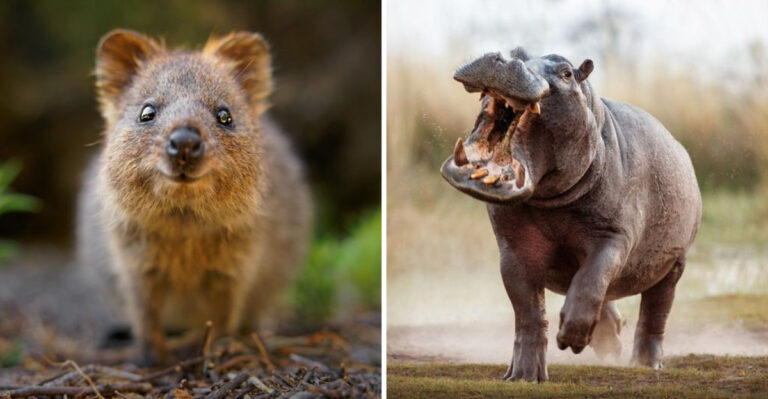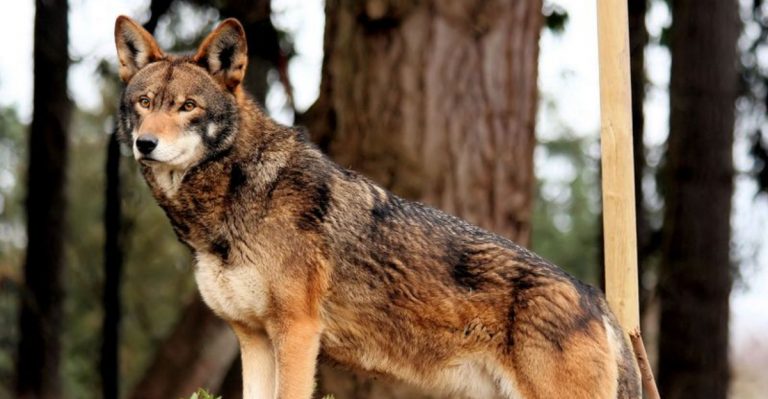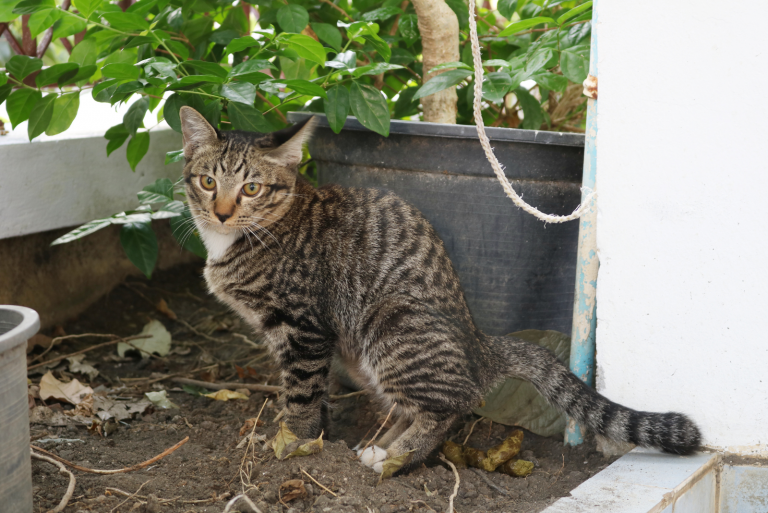Colorado Rabbits Infected With Virus Develop Eerie Tentacle-Like Growths

On the outskirts of Fort Collins, Colorado, residents have been startled by an unusual sight: wild rabbits hopping through fields with eerie, horn-like growths sprouting from their faces.
At first glance, they look like something out of folklore—a mash-up between a jackalope myth and a Halloween creature. Social media quickly dubbed them “Frankenstein rabbits,” but the real story is stranger and more fascinating than fiction.

The bizarre protrusions aren’t tentacles or horns at all, but the result of a virus that’s been known to science for nearly a century.
Called Shope papillomavirus, this pathogen infects cottontail rabbits and causes keratinized growths on their heads, mouths, and even necks. Under certain light, the black, twisted shapes look like tentacles creeping from the animal’s face.

While the appearance is shocking, wildlife experts emphasize that the virus is not contagious to humans or pets – it’s a rabbit-only affair.
This virus has an odd history. Back in the 1930s, virologist Richard Shope studied cottontail rabbits in the Midwest that developed similar horn-like tumors.
His research helped scientists understand not just papillomaviruses, but also how viruses can sometimes trigger cancers.

In fact, the Shope papillomavirus became a textbook case in virology and cancer research. Seeing it resurface in Colorado brings that history into sharp relief.
For the rabbits themselves, the outcome varies. Some can live with the growths without too much trouble, eventually shedding them as their immune systems fight off the virus. Others aren’t so lucky.

When the keratinized masses grow near the mouth or eyes, they can block vision, make it hard to eat, or leave the rabbit vulnerable to predators. In those cases, the grotesque appearance is more than cosmetic—it’s a matter of survival.
Wildlife officials suspect that insects—mosquitoes, ticks, or fleas—play a role in spreading the virus from rabbit to rabbit. That’s why cases often spike in warmer months when insects are most active.

Whether there’s been a true surge in Colorado or simply more sightings shared online is harder to pin down. But one thing is clear: people are paying attention.
For those who stumble across one of these rabbits, experts advise keeping your distance.
Approaching or trying to “help” can stress the animal or inadvertently spread the virus to others. Colorado Parks and Wildlife continues to monitor the situation, but for now, the advice is simple: observe, don’t intervene.

The strange sight has sparked plenty of conversation—and not just among scientists. Locals trade stories of spotting the horned creatures, children whisper about jackalopes come to life, and photographers trek out with long lenses hoping to catch a glimpse.
In a way, these “Frankenstein rabbits” embody the uneasy line between myth and biology, reminding us that nature often outdoes our imagination.
Though unsettling at first glance, these rabbits aren’t monsters. They’re victims of a peculiar virus, carrying a reminder of how complex, fragile, and interconnected life can be.
And perhaps, in their haunting silhouettes against the Colorado plains, they tell us something else too: that even the strangest stories often begin with science.






